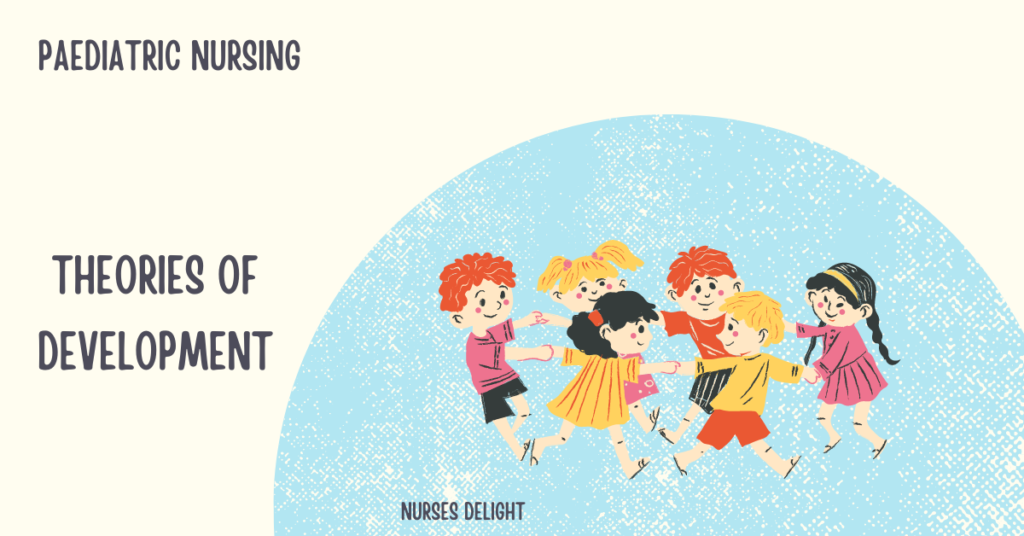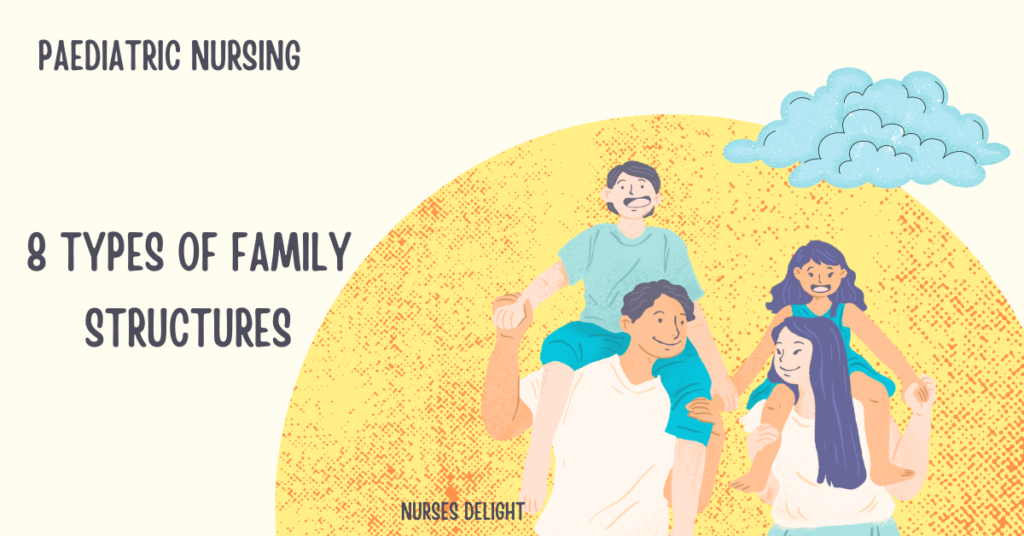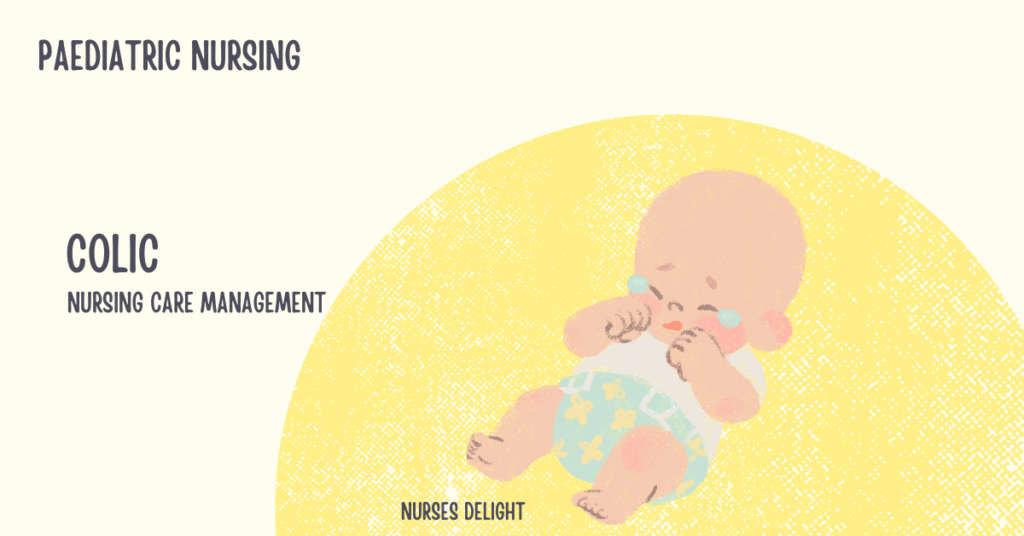Definition
Theories of development are frameworks or perspectives that seek to explain how and why humans grow, evolve, and develop throughout their lives. These theories are frequently utilized in the domains of psychology, sociology, anthropology, and education to analyze many aspects of human development.
Some of these theories include:
- Psychosocial development theory
- Cognitive development theory
- Psychosexual development theory
- Moral development theory
Psychosocial Development Theory
This theory was first proposed by Erik Erikson in 1959. Erikson’s psychosocial theory has been further refined but essentially remains the same today.
Erikson argued that an individual’s psychosocial development is influenced by both the ego (the conscious portion of the personality that most directly governs thinking and behavior) and social and physiological factors.
At some points in life, the combination of these processes generates psychological crises by putting a strain on the individual. Resolving crises and mastering tasks is essential for personal growth. These duties occur in eight stages, five of which are related to childhood.
Each stage is distinguished by a distinct positive identity issue, such as trust in infancy, and a contrasting negative feature that may arise from that issue, such as mistrust in infancy. Mastery of the crisis is determined by the prominence of positive or negative traits. If the good attribute arises, the individual has a better chance of achieving normal growth. If the negative trait predominates, the individual may struggle with future attitudes and personal strength.
Some negative characteristics, however, are required to fully accomplish the work at hand. As a person completes tasks, they experience both vulnerability and potential, leading to new strength and advancement.
Optimal development requires the proper resolution of each task in the proper order. For example, trust built in infancy fosters a sense of hope, which serves as a foundation for the budding trait of faithfulness in adolescence and the ability to care in adulthood.
Stages Of Psychosocial Theory
The five childhood stages of psychosocial theory are:
- Trust versus mistrust (birth to age 1): The child develops trust as the primary caregiver meets his needs.
- Autonomy versus shame and doubt (ages 1 to 3): The child learns to control his body functions and becomes increasingly independent, preferring to do things himself.
- Initiative versus guilt (ages 3 to 6): The child learns about the world through play and develops a conscience.
- Industry versus inferiority (ages 6 to 12): The child enjoys working on projects and with others and tends to follow rules; competition with others is keen, and forming social relationships takes on greater importance.
- Identity versus role confusion (ages 12 to 19): Changes in the child’s body are taking place rapidly, and the child is preoccupied with how he looks and how others view him; while trying to meet the expectations of his peers, he’s also trying to establish his own identity.
Cognitive Development Theory
According to Jean Piaget, cognitive or intellectual acts occur when an individual adapts to and organizes his observed environment. Piaget believed that a child progresses through four phases of cognitive development.
As he progresses through each stage, he builds on the structures obtained in previous stages, progressing from relatively simple to quite complicated procedures.
Piaget observed that all people have the ability to reach the highest levels of functioning, however not all will reach the final phases of development.
Experience with the environment propels development forward. The youngster integrates new ideas, skills, and information into established patterns of thought and action.
When confronted with a novel or complex problem that does not fit into his previous pattern of cognition, the youngster adapts (solves it using past experiences that are most similar to his current problem).
Sensorimotor Stage
The sensorimotor period lasts from birth until age two. During this stage, the infant moves from reflex activity to simple repetitive activities, and finally to imitative behaviors. The concepts to be mastered include:
- Object permanence: The belief that objects and events exist even when they cannot be seen, heard, or touched firsthand.
- Causality: The relationship between cause and effect.
- Recognizing and understanding spatial relationships, such as fitting a round object into a round hole.
Preoperational Stage
The preoperational period begins around age two and finishes around age seven. This stage is distinguished by egocentrism (the child is unable to understand perspectives other than his own). It’s a period for magical thinking and enhanced ability to use symbols and language. Concepts to learn include:
- Representing reality through language acquisition and symbolic play, such as riding a broom or horse.
- Transductive reasoning involves labeling similar entities based on shared qualities.
Concrete Operational Stage
During the concrete operational stage (ages 7–11), the child’s mental processes become more logical and cohesive. He can utilize inductive reasoning to solve issues, but he still cannot think abstractly. The youngster is less self-centered at this period. Learn how to sort, arrange, and classify data for problem-solving purposes.
Formal Operational Thought Stage
The formal operational thought stage, which spans ages 11 to 20, is distinguished by adaptability and flexibility. Adolescents may think abstractly, draw logical implications from their observations, and propose and test hypotheses. Concepts to be learned include abstract thoughts and concepts, possibilities, inductive reasoning, and complex deductive reasoning.
Psychosexual Development Theory
The physical, emotional, and cultural aspects of our society all have an impact on the development of human sexuality. This sexuality is a component of the whole person and evolves with time. It is manifested in a variety of ways, including a person’s attitudes, feelings, beliefs, and self-image.
Sigmund Freud thought that sexual feelings exist in some way from infancy to adulthood. He believed that human nature had two sides: rational intelligence and irrational desires.
Despite being controversial, Freud’s theory of psychosexual development is still widely employed. He concentrated on the dysfunctional mind and function rather than the regular functioning of youngsters and related the formation of personality to sexual development.
Id, Ego, And Superego
According to the psychosexual theory, personality is composed of three entities:
- The Id: The greatest component of the mind, is the source of our primal drives and demands rapid gratification. (The neonate is the embodiment of the id.)
- The Ego: Emerges in infancy and is the aware, reasoning portion of the personality; it is less inward-focused than the id and sees the big picture. (The ego works as a censor for the id; if the id and ego disagree, neuroses might arise.
- The Superego: Symbolizes a person’s conscience and ideals, and is always battling the id.
Five Stages of Development
Freud hypothesized five phases of development, which revolve around the early years of a person’s existence and the parent-child relationship. At each stage, sexual energy, or instinctual libido, is directed toward a different part of the body.
Each level also revolves on a conflict that must be addressed before the child may advance to the next stage. If the disagreement isn’t resolved, the youngster becomes obsessed in that stage, and development stops.
Before progressing to the next stage, a person must first attain satisfaction. If he is not completely happy, he may never finish the stage.
The individual’s response to others is determined by the stage he is at. This was a key hypothesis in psychology, despite its narrow scope.
- Oral stage
During the oral period (birth to age one), the child finds pleasure in sucking, biting, and other oral actions. Oral stimulation eases tension and delivers sensuous pleasure. - Anal stage
The anal and urethral areas are of particular significance during the anal stage (ages 1 to 3). The toddler undergoes toilet training and learns to regulate his excreta. - Phallic stage
During the phallic period (ages 3 to 6), the youngster becomes interested in his genitalia and sensations, and he learns the distinction between boys and girls. The child may adore the opposite-sex parent while viewing the same-sex parent as a rival. This is known as the Oedipal (male) or Electra (female) complex. - Latency period
During the latency phase (ages 6 to 12), the child builds on earlier developmental qualities while focusing on play and learning. During this stage, the infant does not focus on specific areas of the body. After resolving the Oedipal or Electra complex, children develop close relationships with peers of similar ages and genders. Energy is channeled towards physical and intellectual pursuits. - Genitalia stage
The production of sex hormones increases during the genitalia stage (ages 12 and up), and the reproductive system matures. Adolescence marks the development of object love and maturity.
Moral Development Theory
Lawrence Kohlberg’s thoughts about moral thinking (the foundation for ethical behavior) are based on the work of Piaget and American philosopher John Dewey.
Kohlberg’s theory claims that all creatures are born without morals, ethics, or honesty. The family, and eventually society as a whole, impart values, morality, and a sense of right and wrong over time.
The child’s moral conduct patterns evolve alongside his intelligence and ability to engage with others.
Kohlberg, like Piaget, believed that the majority of moral growth occurs through social interaction, and that formal education could help to enhance that development.
According to Kohlberg, presenting a person with moral difficulties for discussion allows him to understand the reasonableness of the next higher stage and proceed toward it.
Kohlberg’s discussion approach is based on the insight that a person gains as a result of cognitive conflicts in his current stage.
Three Levels of Moral Development
Kohlberg hypothesized three stages of moral development that a person must pass. As the youngster comprehends and understands one level, he can move to the next.
- Preconventional Level of Morality
At the preconventional level (ages 2–7), the kid seeks to obey the rules established by those in authority. He strives to change his behavior based on good and terrible, right and wrong.
- Conventional Level of Morality
At the typical stage (ages 7–12), the child craves conformity and devotion. He tries to defend, uphold, and sustain the social order while adhering to established rules.
- Postconventional Autonomous Level of Morality
At the postconventional stage (ages 12 and up), the teenager attempts to develop a personal and effective value system that is independent of authoritative figures and peers.



